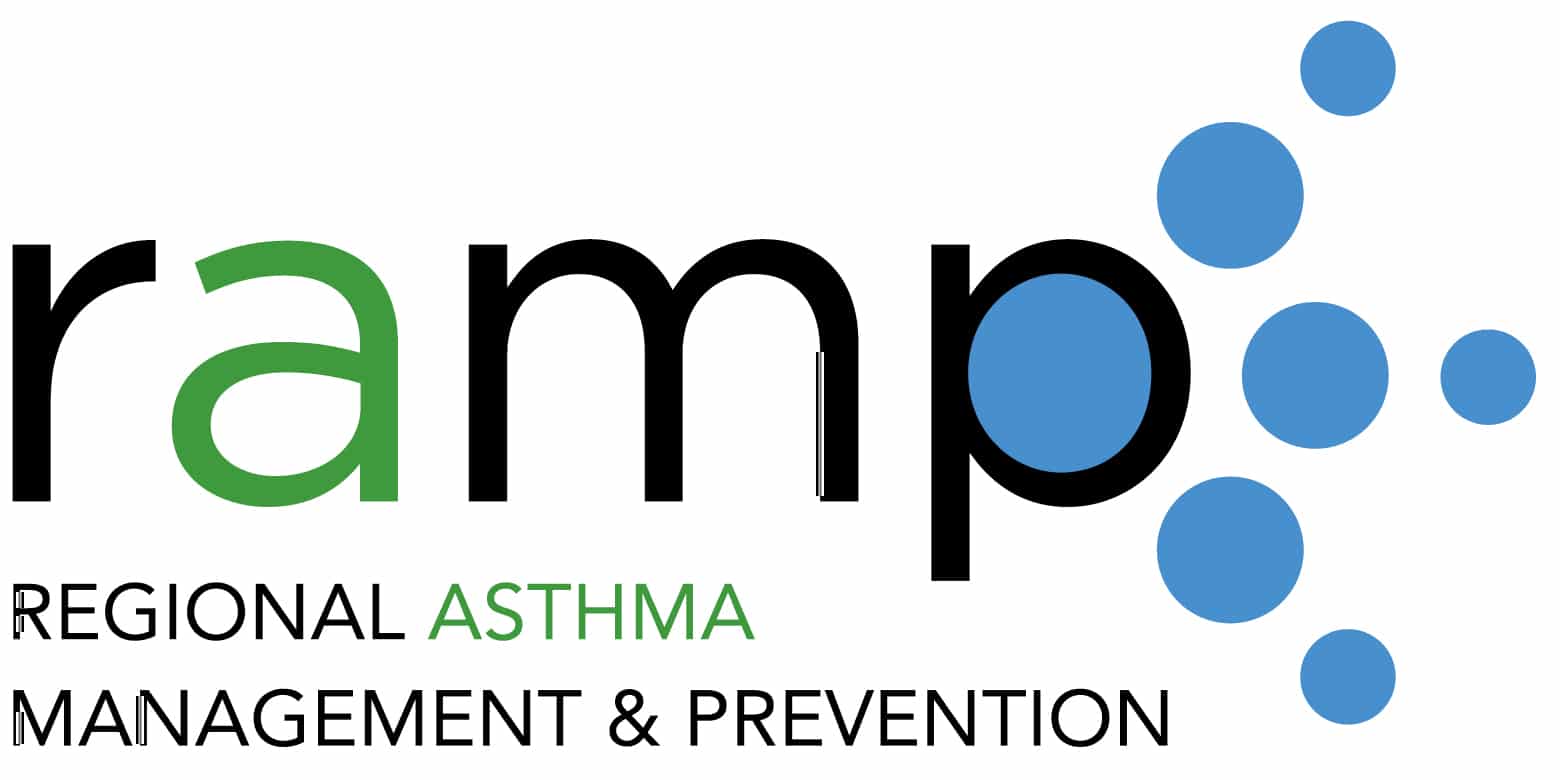This overview of the state of Wisconsin’s progress in building and sustaining systems to support access to asthma home visiting services is a part of a series of success stories developed by RAMP and the National Center for Healthy Housing. Others are featured in Sustainable Financing for Home-Based Asthma Services: Snapshots of Innovation and Progress Across the Country.
It is not uncommon for asthma program managers to hear from healthcare payers: “We know that evidence from other state programs shows that home-based asthma services work, but we want to see data from our state before committing.” When the Wisconsin Asthma Program team heard that, they were up for the challenge. Molly Zemke, program manager for Wisconsin’s asthma home visiting program, reflected on their process, “Start small, demonstrate success, and build from there.” With support from the CDC’s National Asthma Control Program, Wisconsin Asthma Program staff demonstrated that their home-based asthma program worked, with a 50% reduction in asthma hospitalizations and a 79% reduction in asthma ED visits, which equated to significant cost savings. Staff also showed that about 80% of clients had improved asthma control and reduced work and school absenteeism, demonstrating a positive impact on quality of life.
With this evidence in place, program staff were ready for the next step. Based at the Wisconsin Department of Health Services, staff worked closely with colleagues at the state Medicaid agency to develop a policy solution to sustain and expand this program. They learned that the state already had a lead prevention and remediation health services initiative (HSI) in place, a provision in the Children’s Health Insurance Program (CHIP) that gives states a flexible opportunity to leverage CHIP administrative funding to design, implement, and finance health services for children in low-income households. With effectiveness data in hand and using the existing HSI Lead-Safe Homes Program as a model, Wisconsin added a new asthma-focused HSI called the Asthma-Safe Homes Program.
The Asthma-Safe Homes Program replicates Wisconsin’s original home-based asthma program, providing asthma self-management education and a home trigger assessment (known as Part A), and augments it by adding up to $1,000 worth of durables or supplies to reduce asthma triggers, and a trigger remediation component (Part B). Remediation program providers can spend up to $5,000 per family. With an annual allocation of $2.5 million, the program serves about 400 families each year.
For Part A, the asthma self-management education and a home trigger assessment, the Wisconsin Asthma-Safe Homes Program contracts with different types of organizations across five densely populated, high-asthma-burden counties. The contracted local partners include community-based organizations, local health departments, federally qualified health centers, housing organizations, and others. Staff at the organizations conduct outreach to enroll eligible clients—children or pregnant individuals with poorly controlled asthma who are covered by Medicaid—and then provide up to six home visits. The organizations employ a range of professionals—community health workers, respiratory therapists, public health nurses, and others—who receive training from the Wisconsin Asthma Program. The local partners provide asthma self-management education, a home asthma trigger assessment, and supplies to reduce asthma triggers, such as cleaning supplies, HEPA vacuums or dehumidifiers.
Then comes Part B. The asthma home visitors use criteria to identify clients who would benefit from a more thorough home assessment and repairs performed by contractors. About 30% of clients who receive Part A qualify to receive more comprehensive remediation services such as mold cleanup, carpet removal, and pest control. Sometimes, the local organization has contractors on staff who provide these services; other times, the local organization provides a referral to a separate organization, such as a community action agency or an external contractor.
Early in the process, Wisconsin Asthma Program staff made the strategic decision to support asthma home visiting services provided by different types of professionals working at a range of organizations. Staff provide training and hands-on support to expand and build the workforce capacity that is essential for long-term sustainability.
While the services covered by the HSI are sustainable, its reach is limited due to set allocations. However, staff are working to expand the services to more families in all parts of the state. To accomplish this goal, staff are once again leveraging data. As Meridith Mueller, Evaluation Specialist, shares, “We are fortunate that both the CDC and the state recognize the value of evaluation.” She is currently developing a business case tailored for different payers, including health plans, health systems, and the state Medicaid agency. The business case includes initial data showing a positive return on investment, a detailed breakdown of the actual costs of providing the services, and an implementation toolkit, making it as easy as possible to expand these services across the state. Staff are framing the business case around metrics that are important to potential payers; this includes not only improved outcomes and reduced costs but also improved quality, performance, and patient satisfaction.
Program staff credit peer learning as a contributor to their success. They cite Connecticut as a foundational model for their original asthma home visiting program, Maryland as an inspiration to address asthma trigger remediation through an HSI, and Minnesota as offering important lessons on how to structure the provision of supplies.
The ability to learn from other states accelerates success, as it reduces duplication of efforts and builds on lessons learned. As Molly stated, “Across the country, the foundations are the same.” The hope is that as Wisconsin’s program sustainably expands, their approach will serve as a model and inspiration for other states.
Key Lessons from Wisconsin
- Support different types of providers across a range of organizations to develop a robust workforce.
- Incorporate lessons from other states to accelerate success.
- Use data to demonstrate the value of home-based asthma services.
RAMP and NCHH thank the Wisconsin Asthma Program at the Wisconsin Department of Health Services for contributing to the development of this excerpt.
The information shared here and in the complete document reflects the work of the various programs, as reported to us by the partners listed throughout. This product aims to amplify the dedicated efforts of these programs and their partners; all descriptions of the work of the highlighted program/community are based on the information provided.
Contact NCHH at askanexpert@nchh.org or RAMP at TA@rampasthma.org with any potential corrections. We are committed to ensuring that the work is presented transparently. The final determination of content accuracy and representation will be made by the highlighted program/community.

